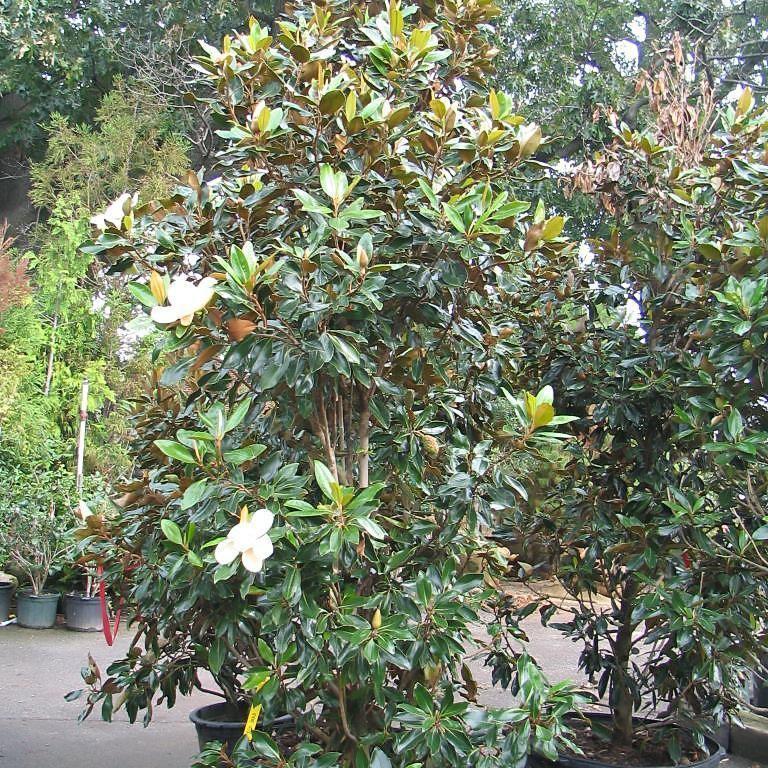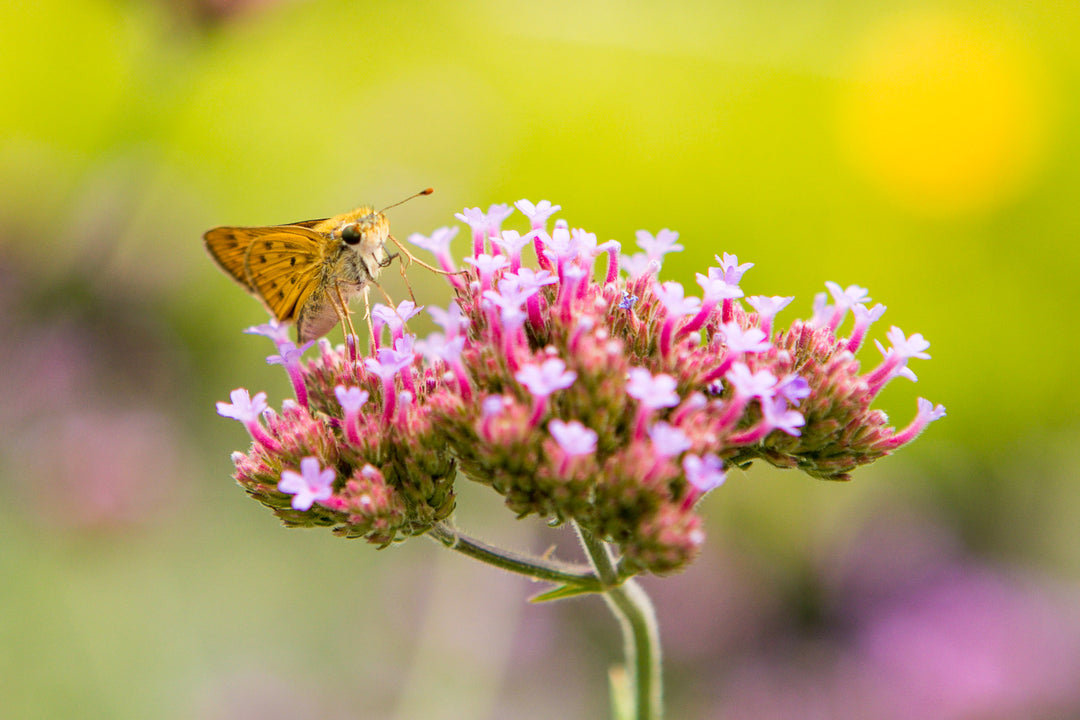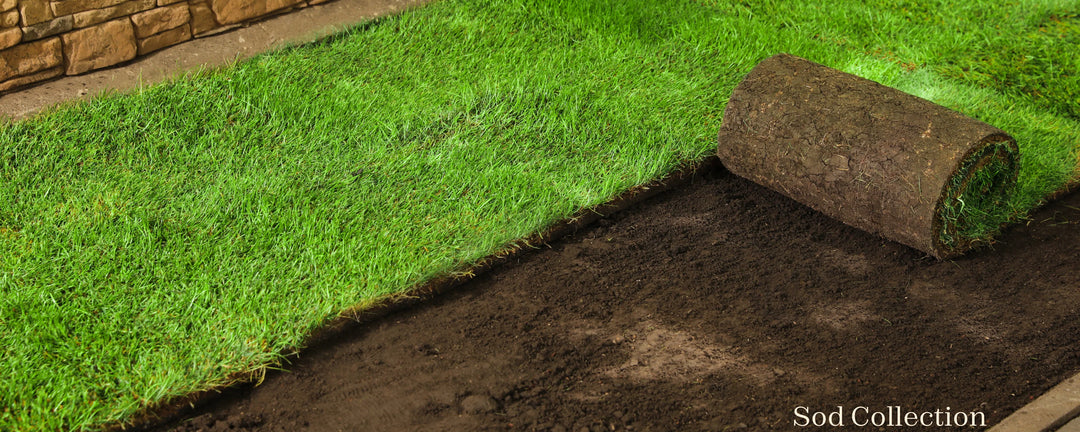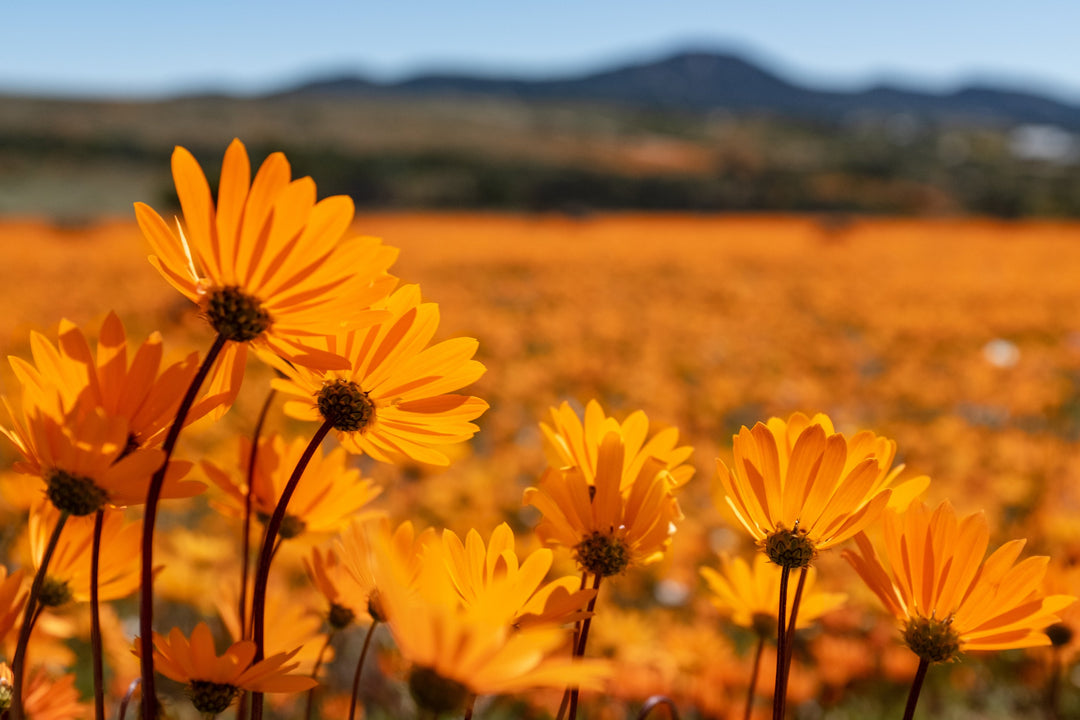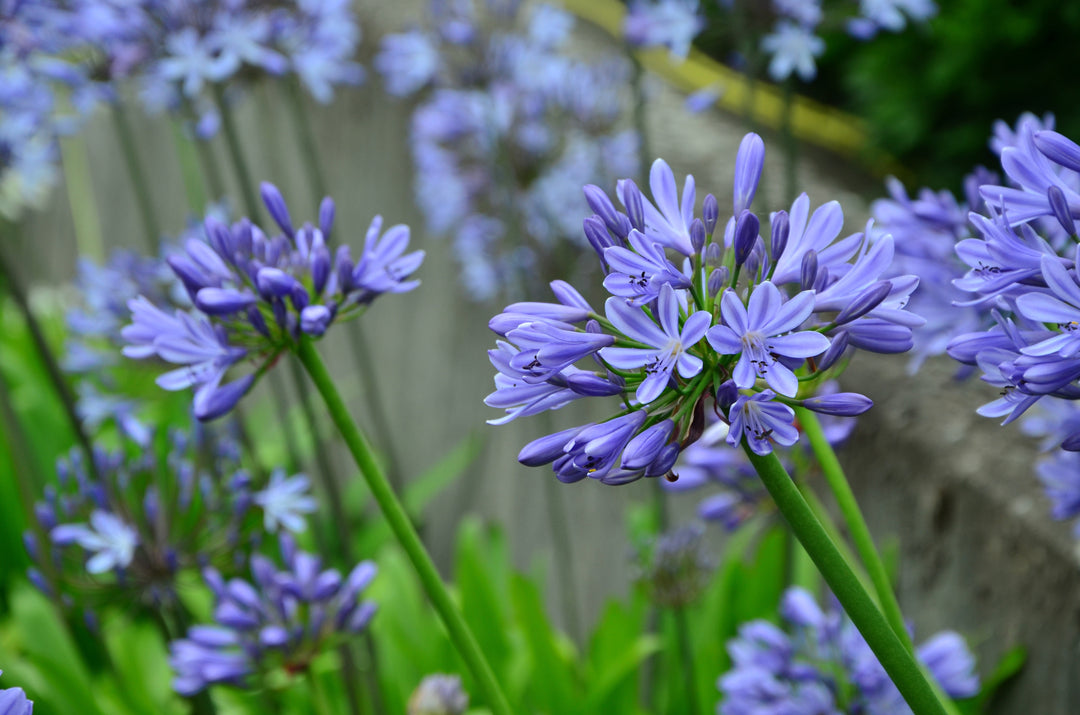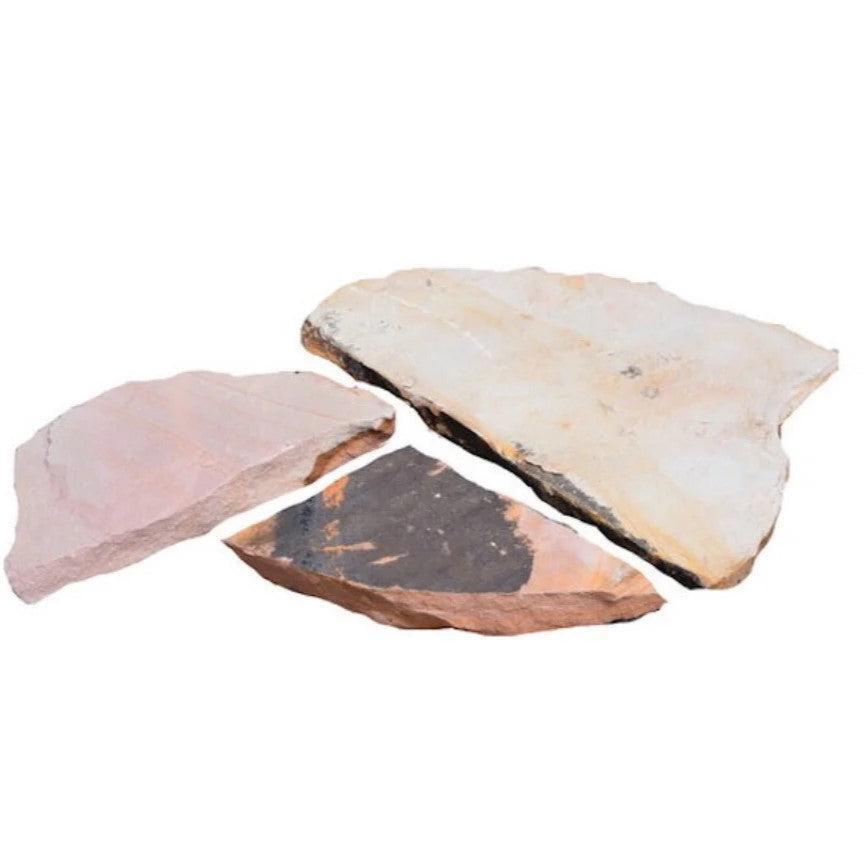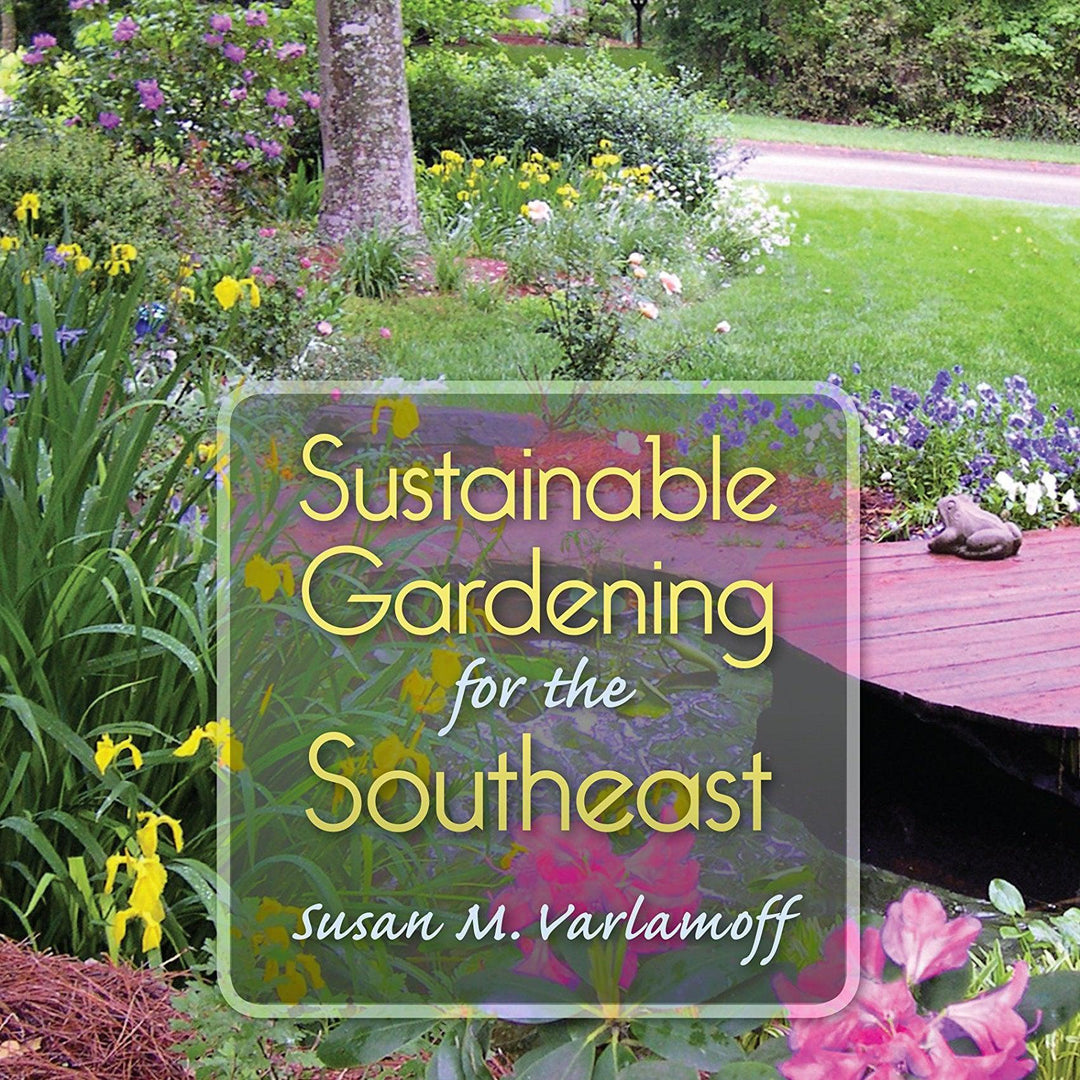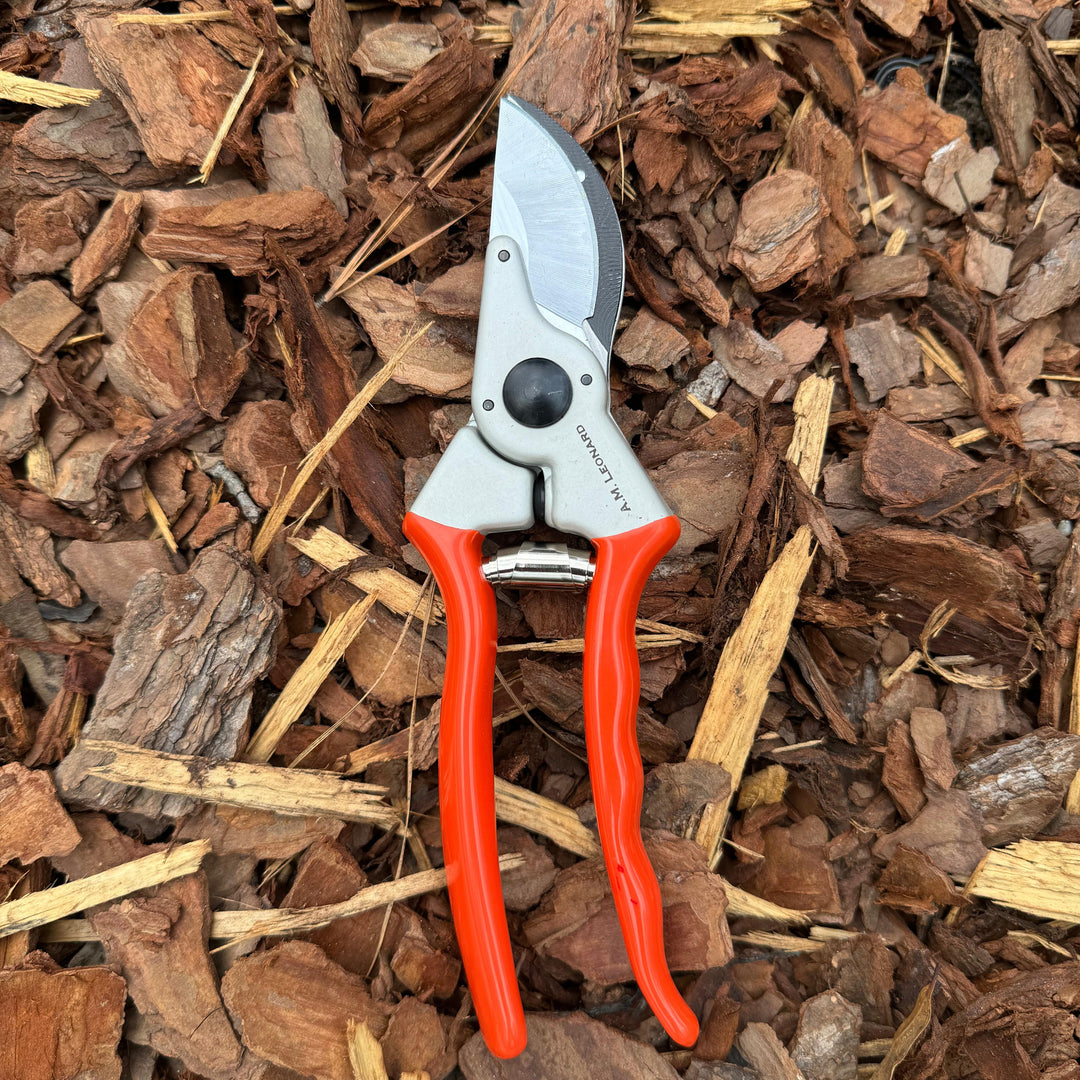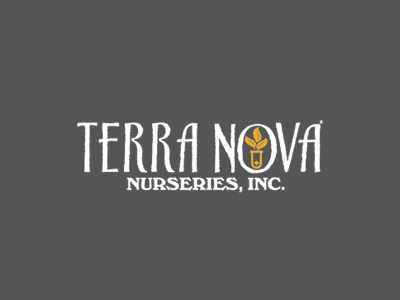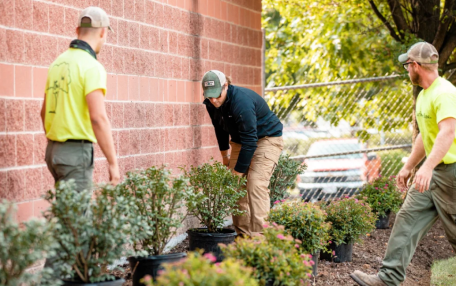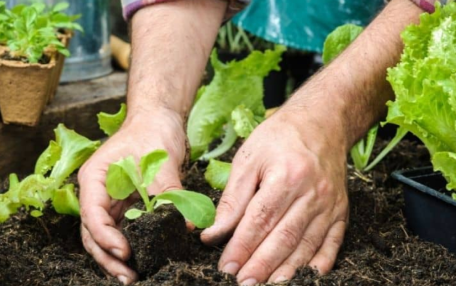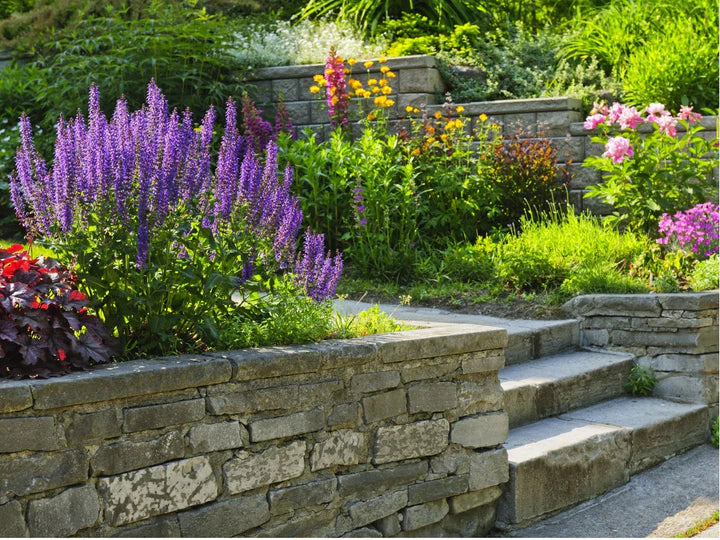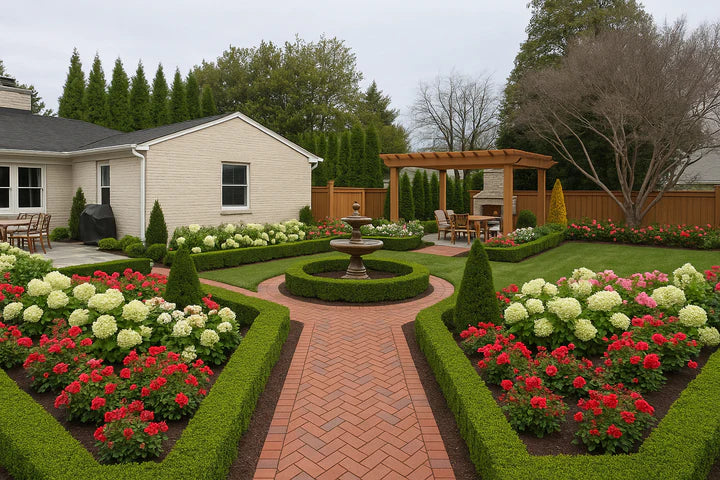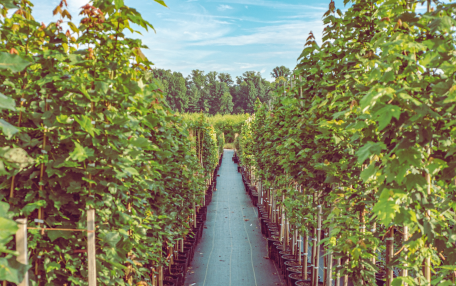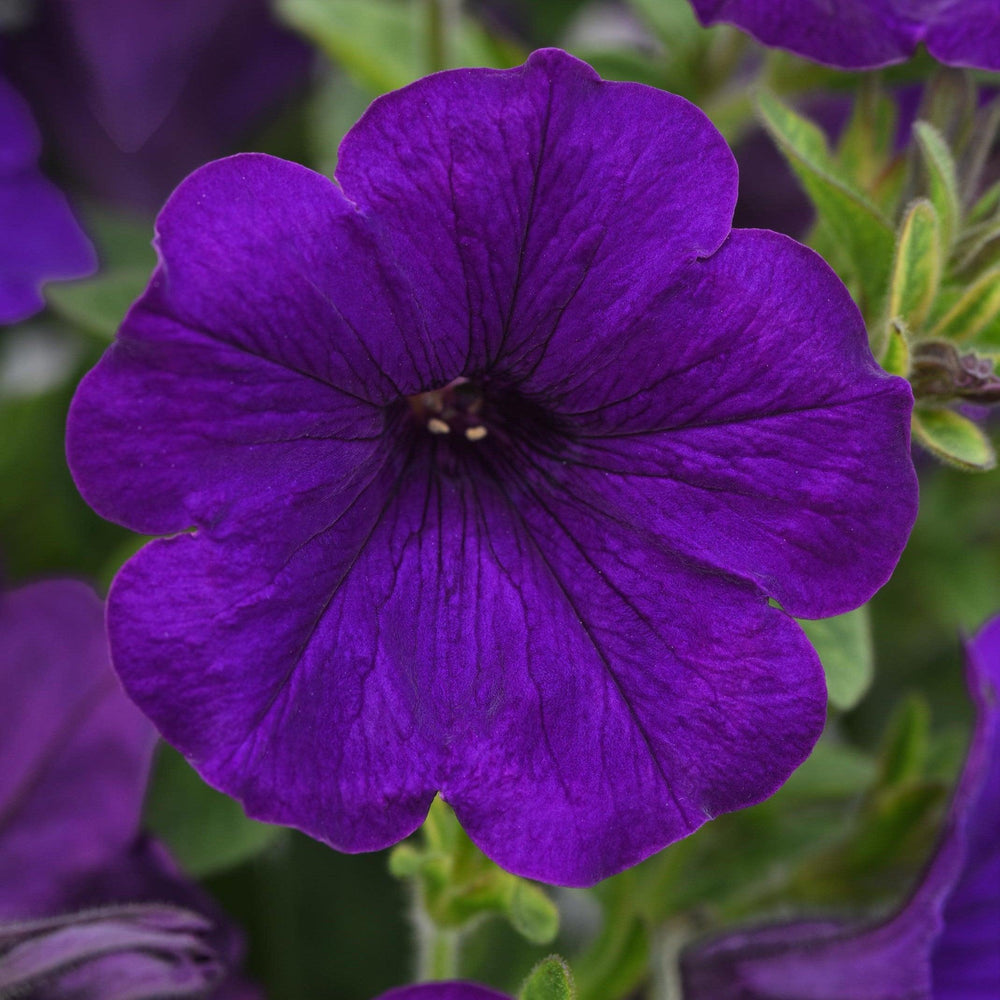9 Garden Ideas for Spring: Preparing Your Home Garden for the Season
9 Garden Ideas for Spring: Preparing Your Home Garden for the Season
Reading Time: 6 minutes
As the last traces of winter slip away and spring starts to stretch its warm, sun-kissed fingers across the country, it’s the perfect time to revamp your outdoor space with some fresh garden ideas for spring. The season is like a blank canvas, ready for you to paint with all the bright colors, textures, and new growth you can imagine.
Whether you’re looking to create a peaceful retreat at your home in Paramount, CA, a thriving patio vegetable garden at your apartment in Binghamton, NY, or are prepping your florals at your rental house in Prescott Valley, AZ, spring is the time to let your garden flourish. In this article, we’ll explore fresh and inspiring garden ideas to help you make the most of the season’s beauty and promise. Let’s dig in.
In this article:
- 1. Start with creating a basic layout
- 2. Check the temperature to ensure you’re ready for planting
- 3. Listen to the daffodils
- 4. Prioritize healthy soil
- 5. Consider utilizing native plants
- 6. Clean out leftover winter debris
- 7. Create focal points
- 8. Get some help from AI
- 9. Finish off with creating a spot to enjoy your garden
- Preparing your home with garden ideas for spring
1. Start with creating a basic layout
Before you get your hands dirty, it’s important to have a solid plan in place to implement your garden ideas for spring. “Sketch out a plan of your property, or print out a Google Earth view, and brainstorm where each item might go,” suggests Amy Dutton at GardenUP Landscape in Spokane, WA.
Having a visual guide of your home garden is like creating a blueprint for your dream space. It lets you play around with ideas and mix things up, all without any pressure, so you can try different combos before making anything official.
“Try different layouts and imagine yourself moving through and using the space. Show it off to family and friends for ideas and suggestions so that other people can notice potential problems that you missed,” Dutton continues. “Once you’ve worked out all the kinks, you’re ready to start installing and planting.”
2. Check the temperature to ensure you’re ready for planting
“Springtime means it’s time to plant—anything and everything—including annual flowers and vegetable plants,” stat
9 Garden Ideas for Spring: Preparing Your Home Garden for the Season
Reading Time: 6 minutes
As the last traces of winter slip away and spring starts to stretch its warm, sun-kissed fingers across the country, it’s the perfect time to revamp your outdoor space with some fresh garden ideas for spring. The season is like a blank canvas, ready for you to paint with all the bright colors, textures, and new growth you can imagine.
Whether you’re looking to create a peaceful retreat at your home in Paramount, CA, a thriving patio vegetable garden at your apartment in Binghamton, NY, or are prepping your florals at your rental house in Prescott Valley, AZ, spring is the time to let your garden flourish. In this article, we’ll explore fresh and inspiring garden ideas to help you make the most of the season’s beauty and promise. Let’s dig in.
In this article:
- 1. Start with creating a basic layout
- 2. Check the temperature to ensure you’re ready for planting
- 3. Listen to the daffodils
- 4. Prioritize healthy soil
- 5. Consider utilizing native plants
- 6. Clean out leftover winter debris
- 7. Create focal points
- 8. Get some help from AI
- 9. Finish off with creating a spot to enjoy your garden
- Preparing your home with garden ideas for spring
1. Start with creating a basic layout
Before you get your hands dirty, it’s important to have a solid plan in place to implement your garden ideas for spring. “Sketch out a plan of your property, or print out a Google Earth view, and brainstorm where each item might go,” suggests Amy Dutton at GardenUP Landscape in Spokane, WA.
Having a visual guide of your home garden is like creating a blueprint for your dream space. It lets you play around with ideas and mix things up, all without any pressure, so you can try different combos before making anything official.
“Try different layouts and imagine yourself moving through and using the space. Show it off to family and friends for ideas and suggestions so that other people can notice potential problems that you missed,” Dutton continues. “Once you’ve worked out all the kinks, you’re ready to start installing and planting.”
2. Check the temperature to ensure you’re ready for planting
“Springtime means it’s time to plant—anything and everything—including annual flowers and vegetable plants,” stat
9 Garden Ideas for Spring: Preparing Your Home Garden for the Season
Reading Time: 6 minutes
As the last traces of winter slip away and spring starts to stretch its warm, sun-kissed fingers across the country, it’s the perfect time to revamp your outdoor space with some fresh garden ideas for spring. The season is like a blank canvas, ready for you to paint with all the bright colors, textures, and new growth you can imagine.
Whether you’re looking to create a peaceful retreat at your home in Paramount, CA, a thriving patio vegetable garden at your apartment in Binghamton, NY, or are prepping your florals at your rental house in Prescott Valley, AZ, spring is the time to let your garden flourish. In this article, we’ll explore fresh and inspiring garden ideas to help you make the most of the season’s beauty and promise. Let’s dig in.
In this article:
- 1. Start with creating a basic layout
- 2. Check the temperature to ensure you’re ready for planting
- 3. Listen to the daffodils
- 4. Prioritize healthy soil
- 5. Consider utilizing native plants
- 6. Clean out leftover winter debris
- 7. Create focal points
- 8. Get some help from AI
- 9. Finish off with creating a spot to enjoy your garden
- Preparing your home with garden ideas for spring
1. Start with creating a basic layout
Before you get your hands dirty, it’s important to have a solid plan in place to implement your garden ideas for spring. “Sketch out a plan of your property, or print out a Google Earth view, and brainstorm where each item might go,” suggests Amy Dutton at GardenUP Landscape in Spokane, WA.
Having a visual guide of your home garden is like creating a blueprint for your dream space. It lets you play around with ideas and mix things up, all without any pressure, so you can try different combos before making anything official.
“Try different layouts and imagine yourself moving through and using the space. Show it off to family and friends for ideas and suggestions so that other people can notice potential problems that you missed,” Dutton continues. “Once you’ve worked out all the kinks, you’re ready to start installing and planting.”
2. Check the temperature to ensure you’re ready for planting
“Springtime means it’s time to plant—anything and everything—including annual flowers and vegetable plants,” states Brian Wilson, owner of Wilson Bros Landscape in Atlanta, GA.
When the new season arrives, it’s tempting to dive right in and start planting everything in sight.“Before planting tender plants make sure to check to see that your local 10 or 15-day weather forecast isn’t showing any temperatures below 40 degrees F,” Wilson shares. “When you see no more temperatures below 40 degrees that means it’s safe to start planting flowers and veggies.”
Wilson’s advice can help you avoid the heartache of seeing your carefully chosen plants damaged by a surprise cold front. So, take a moment to check the forecast, plan accordingly, and ensure your garden is set up for a successful season of growth.
3. Listen to the daffodils
As Harriet White, owner and designer at Southern Landscape Atlanta, says, “Daffodils are spring’s gauge of when to plant.”
Daffodils are like the unofficial “spring alert system.” They’re one of the first flowers to make an appearance after the long winter, and they’ve got a great way of signaling when the ground is finally ready for planting.
“Spring is a funky time of year, one week it’s warm, and the next a cold snap has killed everything you planted. So this year, be sure to watch the daffodils,” White explains. These cheery blooms are a sure sign that the soil has warmed up enough to handle the tender plants you’re eager to get into the ground.
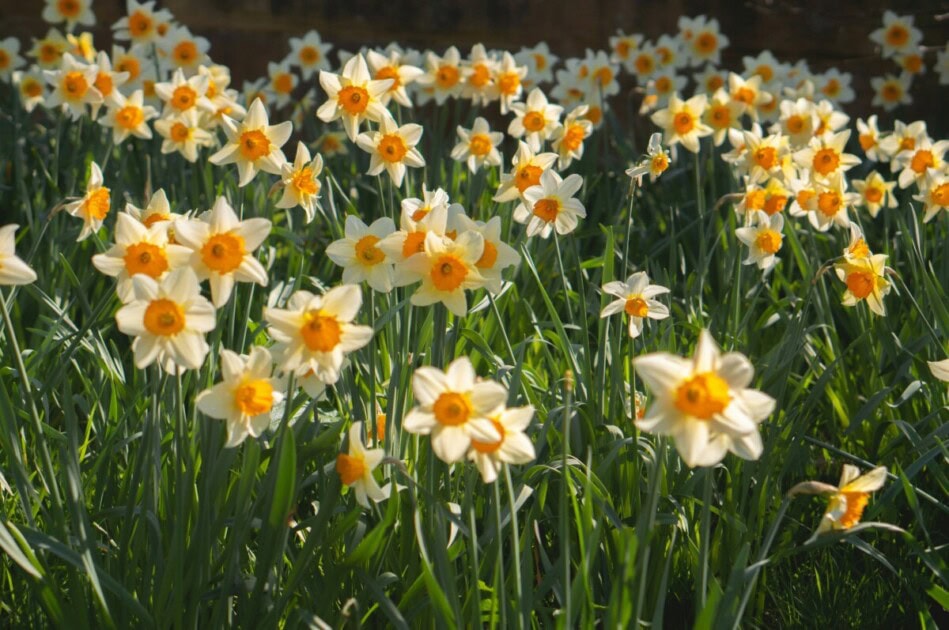
4. Prioritize healthy soil
When it comes to creating a flourishing garden, healthy soil is the real MVP. It’s the foundation for your plants’ success, providing them with the nutrients, water, and oxygen they need to thrive.
To keep your soil in top shape, start by protecting it with a layer of mulch. “A mulch of aged or composted wood chips, bark, aged pine straw, shredded leaves, or other organic material can be spread 2 to 4 inches deep,” shares Mckenzee Del Vecchio at Meridian, ID-based Arbor Farms Nursery. “Do not forget to leave 3 to 4 inches of breathing room around the base of your trees, plants, and shrubs.”
If your soil is feeling a bit under the weather, perhaps it’s compacted, draining too quickly, or drying out too fast. Del Vecchio recommends adding compost. “Incorporating or mulching with a layer of compost increases the organic material in your soil, which helps your plants get better access to water, nutrients, and oxygen.”
Focus on consistency
When it comes to soil, don’t underestimate the importance of consistency. “If you want a thriving backyard garden, focus on the soil first. Add compost, mulch regularly, and avoid disturbing the soil too much,” recommends Michael Kilpatrick, founder and farmer at Farm on Central in Carlisle, OH.
“Whether you have a backyard plot or just a few containers, taking care of the soil will lead to healthier, more productive plants,” Kilpatrick concludes. It’s all about setting your garden up for success from the ground up.
5. Consider utilizing native plants
When you think about garden ideas for spring, why not give a little love to the local wildlife while also creating a beautiful, low-maintenance garden?
According to Trecia Neal, co-founder of Wild Roots Native Nursery and founder of Green Gardens Education and Designs, “Creating a native plant garden for wildlife is a great way to support local ecosystems, and spring is an ideal time to plant. Native plants offer food and shelter for pollinators, birds, and other wildlife while also requiring less maintenance and water than non-native species.”
Native plant suggestions
If you’re not sure where to start, Neal suggests a few regional favorites and gardening tips. “Wildflowers like Coneflower, Black-eyed Susan, and Blazing Star are perfect choices,” she says. For shrubs and bushes, she recommends Serviceberry, Red-twig Dogwood, and Spicebush, and if you’re looking for grasses that provide beauty and function, try Little Bluestem or Switchgrass. These plants are not only native but are also perfectly adapted to thrive in their local environments.
For those in specific areas, Neal’s advice is complemented by more localized suggestions. Jasmine Hamilton, owner of Victory Gardens in Boise, ID, shares, “By mid-March, the frost lifts, making it perfect to plant Idaho gems like syringa, with its fragrant white blooms, or bitterroot, flaunting stunning pink flowers.” These native plants thrive in Treasure Valley’s warm days and cool nights, making them a resilient and beautiful choice for local gardens.
6. Clean out leftover winter debris
“First, clear out any winter debris and give your plants a good trim (trust me, it makes a huge difference),” suggests Julia Rumenova, blogger at Jully’s Place. Starting your garden cleanup by removing last season’s leftover leaves, dead branches, and spent plants not only makes your space look tidier but also gives your plants the breathing room they need to thrive.
Trimming back those overgrown or damaged stems is like giving your plants a fresh start, it clears away the clutter and gets them ready to show off their best growth.
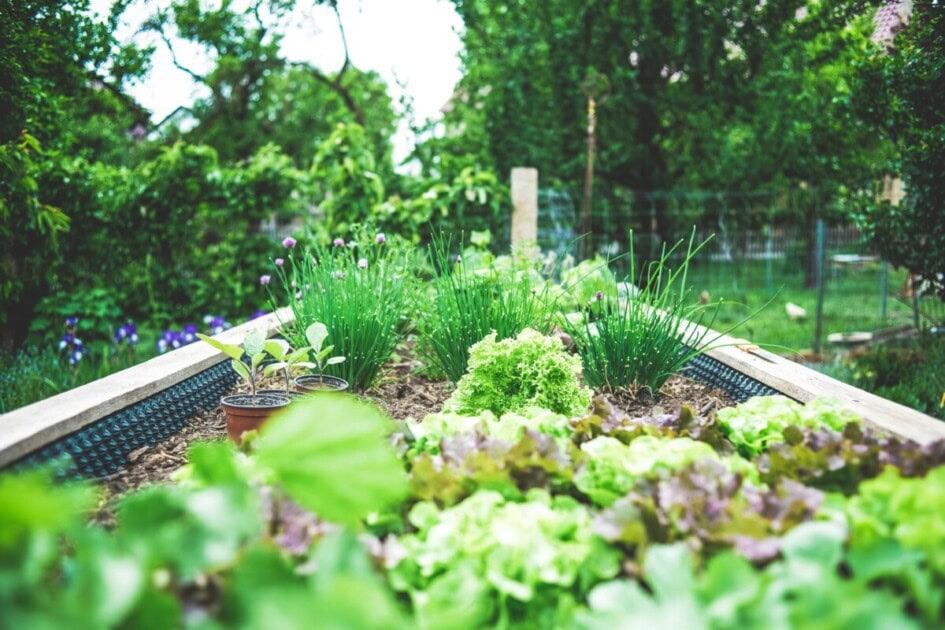
7. Create focal points
Creating focal points with your garden ideas for spring can really elevate the space and draw the eye to interesting features.
“We recommend using specimen topiaries to create focal points while pairing Japanese maples and dwarf conifers for texture and seasonal color,” shares Mike at Atlanta, GA-based Topiary Courtyard. “Container gardens with boxwoods and annuals are also a great way to refresh patios or entryways.”
By mixing these elements together, you’ll create a garden that’s not only eye-catching but full of personality, where every corner feels like a little masterpiece waiting to be admired.
8. Get some help from AI
If you’re feeling a little lost or just need a little extra guidance, AI is here to help. “For new inspirational garden ideas, plant knowledge, and any garden question you may have, give ServeScape’s Plant Nerd AI a try,” recommends Sara Maddox, marketing manager at ServeScape, an online resource for gardening.
“It’s a super easy tool for homeowners especially if you are trying to find out what’s in your new yard. Even try uploading your own image to see what you can learn about plants in your landscape,” Maddox concludes.
9. Finish off with creating a spot to enjoy your garden
After all the hard work of planning, digging, and planting, don’t forget to carve out a spot where you can sit back and take it all in. A comfy bench, a few cushions, or even a hammock can turn your garden into an outdoor oasis.
As Julia Rumenova, blogger at Jully’s Place, says, “Create a cozy seating area where you can relax and enjoy your beautiful garden. Finally, adding some twinkly garden lights or a charming birdbath can make the space feel extra special,” and watch as your space transforms into a serene haven.
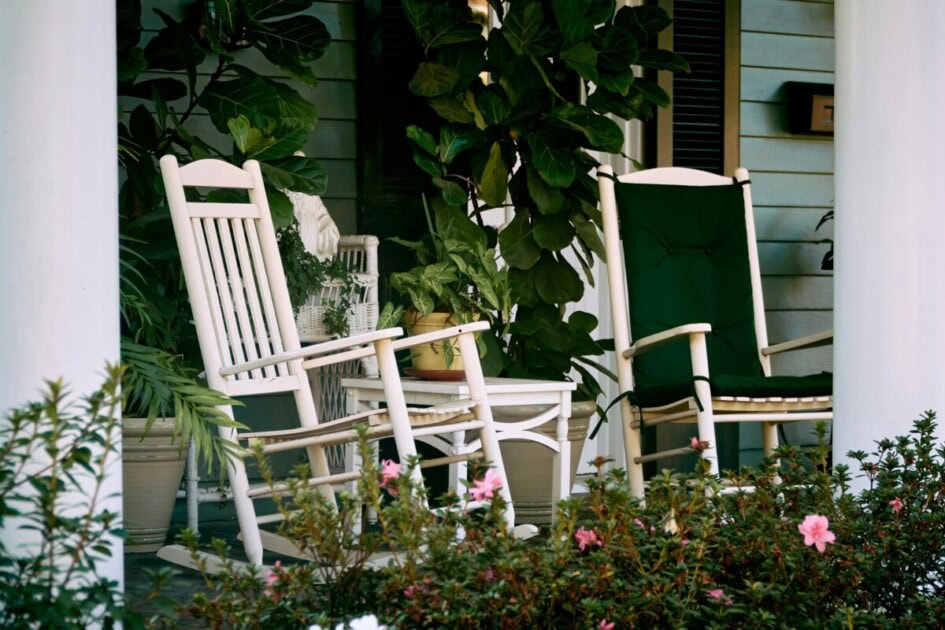
Preparing your home with garden ideas for spring
As you roll up your sleeves and dive into these garden ideas for spring, remember that the possibilities are endless. Whether you’re planting a riot of colorful flowers, designing a cozy outdoor nook, or growing your own fresh veggies, each new project is a chance to express your creativity and make your garden your own little slice of paradise. So, let the season’s warmth inspire you, get outside, and watch your garden bloom with life and energy.

